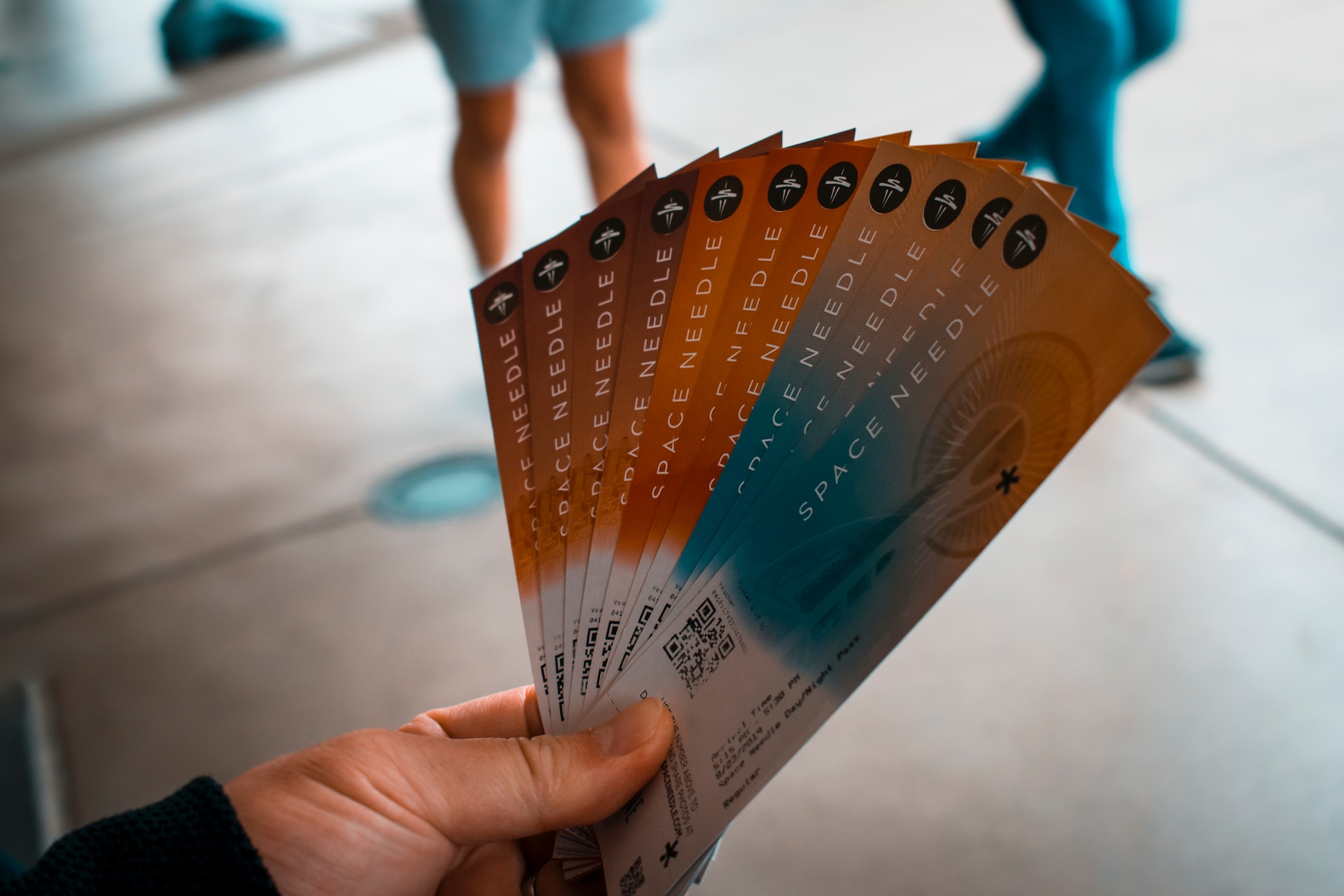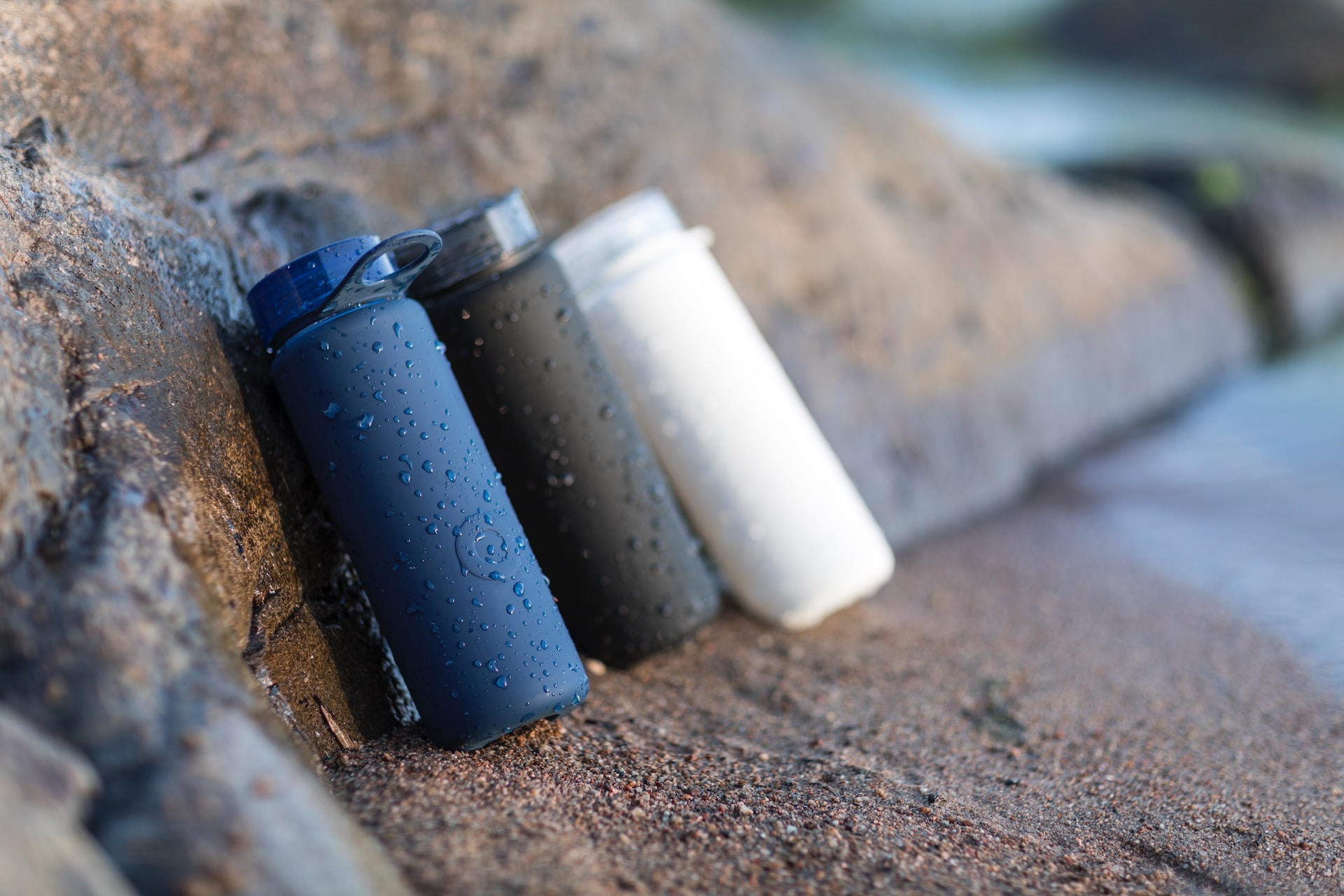The environmental crisis is one of the most relevant issues for humanity at this moment. And people in every business industry are trying as hard as possible to ensure that what they do is safe for the planet. For now, it’s not about just the business but also about sustainability, too.
According to ShiftCarbon, the event industry is responsible for more than 10% of greenhouse gas emissions (to put the number in perspective, the 10% we have mentioned is the equal amount of GHG emitted by American people in a single year) by various factors, from transportation, waste, and food, to even the venue itself. If you are willing to turn your event into a sustainable one, you have tons of work to do, and you need to do it now.
There is also a “surge in clean energy spending” in China ($380 billion), the European Union ($260 billion), and the U.S. ($215 billion) to handle the global emissions situation (Scientific American). The number has proved that the issue is more serious than ever before.
This blog discusses making a sustainable event in every possible factor.
• Choose a Sustainable Event Venue Location
• Consider Using Less (or Zero) Paper
• Manage Your Waste Like a Pro
• Make Less Energy Consumption
• B.Y.O.B. (Bring Your Own Bottles)
• Conclusion

First, we would like to talk about the event venue because it’s significant. Around 80% of the carbon footprint made by the events is from transportation (70% for air travel and 10% for car travel, MeetGreen).
If one of your goals is to make a sustainable event, consider these options when choosing the place for your event.
• The location should be easy to access by public transportation like the metro train or bus.
• Surrounded or close to the hotel your guest can stay at during the multiple dates event.
• Encourage the attendees to do the carpool ride instead of driving alone.
• Host your event in a hybrid form, so people can join from where they are without transportation.

Traditionally, events need papers. It is always with us in various forms, from the entrance ticket, product brochure, receipt, etc. Most of it becomes trash after the event because we can’t use it anymore. But nowadays, we have more alternate options to reduce those papers, such as:
• Turn all the pieces of paper into a digital format, for example: using the e-ticket with the Q.R. code instead of the traditional paper format.
• Creating your official event website (and/or) a mobile application specifically for your event. You can put all the information on it, from the event agenda and product details to the contact form.
• Consider the recycled materials if things need to be printed (such as the badge for the attendees or speakers).

When hosting the event, what you can’t avoid is making trash. It can be from the foods and beverages, the product package, or anything else. Some of that waste will end up in landfills (41%, according to Event Manager Blog). We already talked about reducing paper usage above, but there are more things you can do.
Here are some examples that you can use with your upcoming event:
• Donate everything that is no longer needed for your business after the event is over.
• Use more compostable materials for dishes, cups, and toilet paper.
• Do the waste separation for things that can be recycled and things that aren’t.
• If you are giving away some souvenir products, consider a long lifespan, such as a tote bag or t-shirt. Or you can make it less waste by giving the discount code digitally instead.
• Choose a supplier that has an eco-friendly policy.

This goes back to what we have discussed before, the venue, but in other aspects. Reducing energy consumption during your event is more about the venue than anything. There are several factors, but one thing you can check out initially is whether that venue has LEED certification. If the locations are certified, they can handle the “carbon, energy, water, waste, transportation, materials, health, and indoor environmental quality (Source: U.S.G.B.C.)” very well.

Most events often sell the water in single-use plastic cups or bottles. Most of these bottles will end up in the trash can and never be used again (in most cases). To solve this problem, consider choosing an event venue with free drinking water fountains installed (if possible) and urge the attendees to bring their own bottles instead of buying a new one whenever they feel thirsty. And with this free drinking policy, you can also sell your event bottles.
And even water usage is about more than just drinking water. Instead, it’s everything about the water. For example, the City of Melbourne website provides practical tips for preparing drinking fountains, getting rid of oils or chemicals, and how ready the toilets are.

Those five things we discussed are just the tip of the iceberg of what you can do to make your event more sustainable. The problem is getting bigger and bigger every year, but there are plenty of ways to handle the situation as well.
Happenn can help you digitize your event to reduce paper usage or transform your event into a virtual one so everyone can participate without transportation. To learn more about this, please visit our Products page. Or reach us directly at hello@happenn.com.